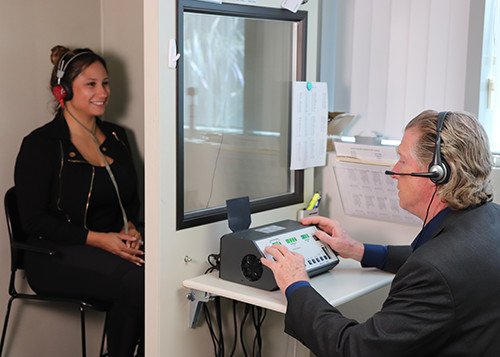Should I Get a Hearing Test?
- When meeting someone for the first time, you are unable to hear them clearly.
- You listen to the television or radio at a volume level which is uncomfortably loud for others in the room.
- You frequently ask people you are speaking with to repeat themselves because it sounds as if they are mumbling or their speech is muffled.
- You have frequent ringing in your ears that doesn’t go away.
- You find it difficult to hear conversations in noisy places – such as restaurants, airports or parties.
- You are unable to hear important sounds that occur during your day, including the alarm clock, cell phone notifications or the timer bell on the oven.
- You have trouble hearing phone conversations, particularly cell phone conversations or phone calls with a great deal of background noise.
- You feel as if your inability to hear is impairing your social life.
- You find yourself trying to read lips.
If you are experiencing any of these warning signs, call or text American Hearing & Balance and make an appointment for a hearing test in Los Angeles.
A hearing test can detect issues as simple as an earwax obstruction, or as serious as permanent hearing loss. During your hearing test at American Hearing & Balance in Los Angeles, we will measure the threshold at which you are able to hear specific sounds by having you listen to a series of tones at different volumes. The hearing test will also measure how well you hear and understand speech. This may include testing to determine how well you hear speech when there is considerable background noise.
After the test is completed, your hearing aid professional will create an audiogram that shows your hearing sensitivity. Using frequencies measured in Hertz (Hz), and loudness measured in decibels, the audiogram measures the lowest volume levels at which you can hear certain sounds. The louder it takes for a sound to be heard, the greater the level of hearing loss.
We will review your hearing test results with you and determine your degree of hearing loss. Afterward, you can discuss potential treatment options and which hearing aids will work best for your situation.
If you suffer from any form of hearing loss, call or text American Hearing & Balance to set up an appointment and discuss treatment options.

